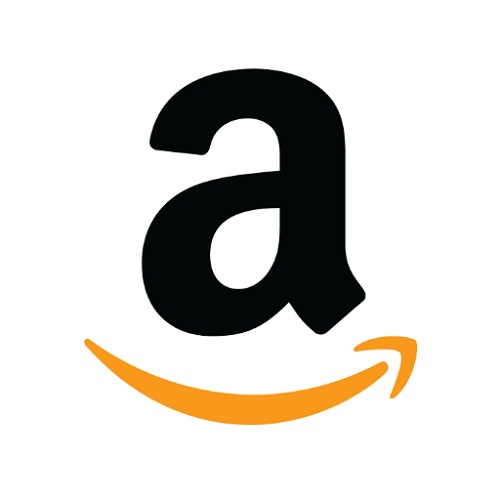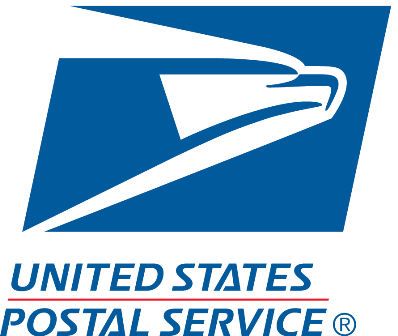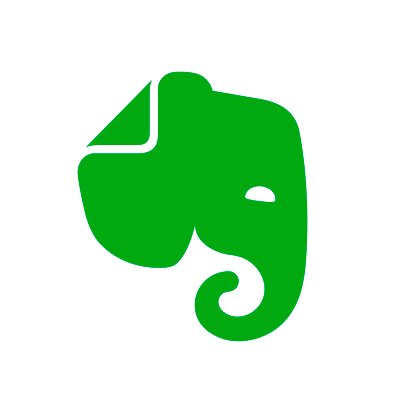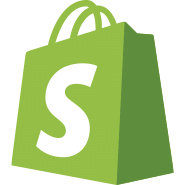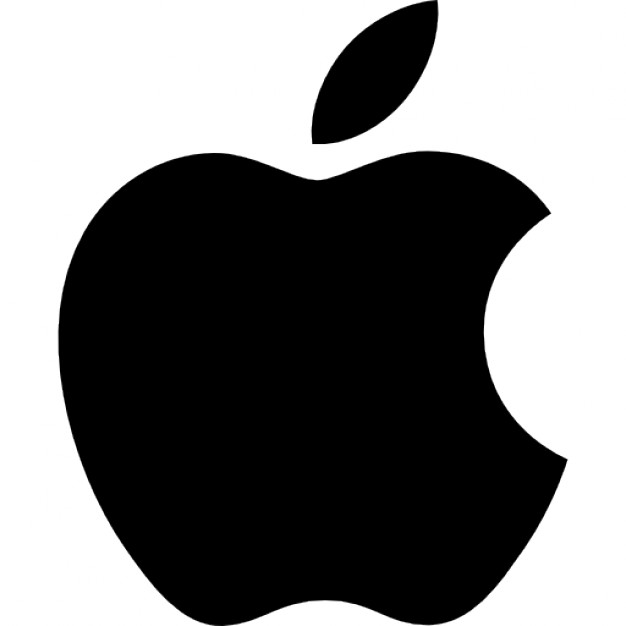Dollop Gourmet: How Heather Saffer Grew Her Vegan Frosting Business to $30K/mo
Hello! Who are you and what business did you start?🔗
Hey guys! I’m Heather Saffer, Founder and CEO of Dollop Gourmet. We make better-for-you gourmet frostings that contain half as much sugar as conventional frostings and twice as much flavor!
Our frostings double as better-for-you dessert dips and are soy-free, dairy-free, gluten-free, and vegan so that just about anyone can enjoy them.
I’ve been fortunate enough to be featured as a winner on Food Network’s Cupcake Wars, Shark Tank, QVC, in Forbes, Oprah.com, Huffington Post, among others. As a business, we’re currently doing about $30,000 a month.

What's your backstory and how did you come up with the idea?🔗
My story begins as a depressed and misdirected twenty-something.
I’ll save the details for the memoir but just know that I had no idea what I was doing with my life. I didn’t go to college until I was 21 and by 24 I was still without a college degree.
Over the next two weeks, my parents (who are divorced) and I spent 6-8 hours a day in the back of a dark warehouse packaging thousands of orders that had come in from Shark Tank.
Working as a cashier at a car dealership after a long string of dead-end jobs, I realized my rock bottom had come and gone and I needed to find another way to live this gift of life. Having never baked before, I was sitting at my desk answering phones when I had this odd strike of inspiration to start researching cupcake recipes.
As I began researching the blossoming cupcake industry, my desire to teach myself how to bake in order to start a cupcake business was strangely and serendipitously born.
Fast forward 3 ½ years later. At the time I started thinking about the Dollop Gourmet frosting line I was running a gourmet cupcake bakery and looking for a way out of the brick-and-mortar business. I had built this great little bakery that was the talk of the town. My concept for the bakery was a unique create-your-own cupcake bar. Customers walked in the door and picked from an array of cake flavors, fillings, frostings, and toppings and we decorated their cupcake creations on the spot. It was an exciting new concept and a lot of fun, especially in the beginning.
From teaching myself how to bake to creating and opening a unique cupcake bar, to winning Food Network’s Cupcake Wars, you could say I was achieving goals I never thought possible and living out my dreams and desires. After a few years, however, running a brick-and-mortar business as an introvert and Highly Sensitive Person (HSP) severely began to wear me out.
I wanted to continue in the field in which I had worked so hard over the past few years to make a name for myself and build a brand, but I began feeling desperate to get out from under the retail store and retail store hours.
My plan to exit the retail store began with trying to get a book deal. Why a book deal? I thought the publicity of becoming a published author would be able to bridge the gap between brick-and-mortar and CPG line and prepare my brand for the National notoriety that it would need in order to be successful. After months of research on book publishing and reaching out to numerous agents, I nabbed myself a literary agent and several months later a book deal with an imprint of Simon & Schuster. Excited couldn’t even begin to describe how that moment felt.
I then began to think about what products I could create to sell online and in retail stores so I could get out of being “stuck” in my own retail store. I spent a lot of time wandering grocery stores looking at every product on the shelf in the search for inspiration.
After spending time in the baking aisles of dozens of stores I noticed there was no natural frosting on the market. This seemed crazy to me because the conventional packaged frostings are so full of crap and bad ingredients that packaged frosting has been named one of the worst packaged foods you can buy.
That’s when I knew that I needed to create a better-for-you packaged frosting. The market needed this and I knew good frosting better than anyone else. If anyone was ripe for the challenge, it was most certainly me.
Describe the process of designing, prototyping, and manufacturing the product.🔗
I closed my retail cupcake bar on December 24th of that year. My community went into mourning but I knew it had to be done for my own sanity, health, and the path toward my dreams.
The very next month I flew out to the Fancy Food Show in San Francisco to exhibit my brand new line of better-for-you Dollop Gourmet frosting. I hadn’t a manufacturing facility nor a co-packer, but I didn’t think finding one would be much of a challenge.
I’ve also learned, which I think is important to keep in mind, that there is always another way. There’s a certain way of how things are usually done, but if you have a great product, a great story, and you’re a great person, there’s always another way.
I had been making frosting in mass quantities for years, how hard could it be? The response to my frostings at the Fancy Food Show that year was overwhelming. Buyers wanted to place orders for their stores and consumers wanted to place orders for themselves.

The only problem was that finding a co-packer was much more difficult than I had assumed. It wasn’t until 15 months later that I found my first co-packer. A very long 15 months. I called nearly a hundred co-packers in that time, praying one would give me a chance.
At one point I quit, discouraged and dejected. I knew without a co-packer I wouldn’t have a business. But something inside me wouldn’t keep me down for long and a couple months after quitting I picked myself back up and continued with the search.
If you’re struggling to find a co-packer who makes the same kind of product you’re developing, don’t give up. Get creative. Think of any product that’s relatively similar to yours and reach out to co-packers of those products. Sell the vision. You have to be persistent and think outside the box. You may even need to convince a co-packer who has never made your type of product before to give it a shot. Eventually that’s what I needed to do.
Once I finally found a co-packer willing to give frosting production a shot, I was back in the game. This co-packer had never made frosting before so there was a steep learning curve and adjustment of equipment to create the most delicious frosting. Eventually, we got it right and from there it was barcodes, labels, branding, nutritional analysis, shelf-life testing, and all the other nuts and bolts of creating a packaged product for retail.
Describe the process of launching the online store/business.🔗
The launch of Dollop Gourmet frosting was in all Wegmans stores, which is a pretty big launch when you’ve never once sold your product to a single customer.
My strategy was to get a big order before going into production because I didn’t want to be sitting on product and stressing over getting it sold. This is especially important for a food product with a limited shelf life. Even though the shelf life of Dollop frostings is one year, stores typically make you guarantee 75% of the shelf life so you want to make sure you’re not sitting on product longer than you have to.
I did a launch party in the Wegmans flagship store replete with samples, games, and giveaways to drum up attention. Over the next two years, I secured accounts with HEB, Whole Foods, Meijer, Fresh Thyme, and several others.

Then in 2015, I applied for Shark Tank. After numerous steps and rounds and auditions, I finally got the call that I had made the cut and would be flying to Los Angeles for my pitch in front of the Sharks. That’s a whole nother story. When I learned my episode would be airing in May of 2016, I knew for sure we needed a new website and an online store.
We spent one month creating the online store and launched it just one day before Shark Tank aired. Not having a fulfillment solution at the time, I convinced a friend of mine with a warehouse and an online business to let me use a portion of his warehouse to package orders and use his UPS and USPS pickup location to ship them out.
Just days before the airing I had four pallets of frosting shipped from my co-packer to my friend’s warehouse along with USPS free flat rate boxes and packaging tape. Over the next two weeks, my parents (who are divorced) and I spent 6-8 hours a day in the back of a dark warehouse packaging thousands of orders that had come in from Shark Tank.
As we were finishing up the last of the orders, the email and facebook notifications on my phone began going wild. An interview I had done for Forbes.com was going viral and had hit the main page of Yahoo that day. My parents and I stood in the warehouse staring at my computer as thousands of additional orders started pouring in. There was shock, excitement, and utter bewilderment on our faces. It took another two weeks of back-to-back long packaging days to get those orders out.
Since launch, what has worked to attract and retain customers?🔗
We’ve had to try numerous things to attract and retain customers.
I’ve always found that media exposure and telling stories helps us the most. I’ve personally done all of our PR as I’ve found that I’ve been able to do it the best. I hired publicists for both of my cookbook releases but they were expensive and didn’t provide the results I was expecting.
As far as landing retail accounts, the key to success is differentiating your product and utilizing your story to sell accounts on why they need to give you a chance. Once you land your first large account, it’s much easier to land the next, as stores look to each other for proof of concept.
Know who your customer is and where your place in the store should be. Know which retailers are the first retailers you should target. Reach out to buyers directly - you will always be the best advocate for your brand. When you get in a meeting with a buyer, be confident but humble. Be willing to ask for and accept feedback from the buyer. Buyers are the gatekeepers and if they don’t like you, they won’t take your product.
We don’t do too much in the way of Facebook ads or paid advertising but we like doing collaborations with other brands or influencers in exchange for product. We find that giveaways with other brands are the best driver of increasing our social follower count but not necessarily a driver of online sales.
My experience with Amazon thus far has not been positive. When I first set up our Amazon store, we were doing FBA and shipping cases ourselves. It was working out OK but became a logistical issue when our co-packer wouldn’t ship cases to Amazon and I had to have them shipped directly to us and then ship them to Amazon. Also, the costs associated with selling on Amazon forced us to price our frostings at $12.99 which we received a lot of complaints on. Half of that price went directly to Amazon.
Then there were the shipping costs and our own production costs. All of these issues aside, I would say my biggest mistake was switching from FBA directly to selling to a wholesale company who sold on Amazon for us. This wholesale company was not responding to customers like they should have nor addressing complaints like they should have and because they were managing the sales and account, we lost control.
Things really went south though when we had a bad batch of frosting go out to our vendors, including our Amazon wholesaler. We informed them that they received a bad batch and asked them to dispose of it while we sent them a new shipment, free of charge. It wasn’t until weeks and months later that we realized they lied about disposing of the bad product and instead continued to sell it to pad their pockets.
Our Amazon rating tanked terribly as customers reviewed the bad product they received. Once your Amazon ratings tank, there’s really no way to recover. We’ve tried all avenues to bring our ratings back up but you need so many 5 stars to recover from a 1 star that it proves impossible.
How are you doing today and what does the future look like?🔗
Today we’re going strong and growing. We’ve had plenty of hardships and downturns that we’ve had to fight through but I haven’t yet been willing to quit.
The majority of our sales are through brick & mortar right now but we’re starting to ramp up our website sales with an upcoming website refresh and push toward ads. We’ve only run paid ads once or twice before but now that our production is on solid ground we’re planning to put some dollars to work.
We have a new flavor launching soon that we’re super excited about because we’ve had so much interest in this flavor and it’s taken us so long to perfect it. I refuse to ever put out a flavor that I don’t think is amazing so we’ve had to retool this flavor several times to get it where it needs to be; which is utterly drool-worthy. Sticking with our non-GMO, gluten-free, dairy-free, soy-free, vegan, and lower sugar mission has its challenges but I’m not one to shy away from a challenge.
We’re also developing a new snack product using our delicious frostings. This is one you 90’s kids are going to recognize and clamor for!
Personally, I’m most excited right now for the business coaching program I’m developing. I finally have enough time in my life and enough valuable experiences to begin giving back in the way I’ve always dreamt of by helping other aspiring entrepreneurs and present entrepreneurs achieve their dreams.
Anyone who’s looking to create a product, get into retail stores, or gain media exposure needs this program as I can absolutely save them a significant amount of valuable time and money. My program is only for those who are serious about growing their business which is why it’s by application only. Once the application is received it will be reviewed and then an interview call will be set up to determine if you’re a good fit for the coaching program.
Through starting the business, have you learned anything particularly helpful or advantageous?🔗
One of the biggest things I’ve learned is to listen to my intuition. There were so many times, especially in the beginning that I didn’t and I got screwed over. Badly. I’ve been taken every way you can imagine. I even lost my first business to a con artist who eventually went to state prison for what he did. In each of these scenarios there was a little voice inside of me that I didn’t listen to.
This is for the solopreneurs: You can absolutely succeed as a solopreneur. Don’t take a partner just because you don’t want to do it solo.
On that same token, I’ve learned to be careful of who I trust and to have backup plans whenever possible. Especially in working with co-packers. Never be afraid to follow up and badger (nicely) as many times as it takes to get a response. People tend to avoid you when they don’t have good news to share. Don’t let that stop you from asking.
I’ve also learned, which I think is important to keep in mind, that there is always another way. There’s a certain way of how things are usually done, but if you have a great product, a great story, and you’re a great person, there’s always another way. Another way of getting in retail stores, another way of saving money, another way of getting media exposure. Be creative, be kind, don’t give up, and you’ll discover that other way.
There’s so many other lessons I’ve learned throughout my journey that I obviously can’t cover them all here. Most importantly, you must be persistent and focused. Don’t get distracted by comparing yourself to anyone else. Focus on your business, yourself, and your dreams. Continue to live a full life. Leave everything else in the periphery.
What platform/tools do you use for your business?🔗
I’m not a tech geek. I’ve found that too much technology overwhelms me and distracts me so I try to keep things simple.
I use Shopify for the online store, Quickbooks online for accounting and invoicing, and Google Sheets for shared documents amongst team members.
My favorite secret tool that few people are using but that helps me significantly, is Mailtrack for Gmail. Seriously, this tool is awesome. Install it in your Gmail account and you’ll receive a notification every time someone opens an email you sent. No more guessing if a buyer or vendor or employee received your email. You’ll know for sure if someone is ignoring you and you can follow up properly and timely. Best part is it’s free to install!
What have been the most influential books, podcasts, or other resources?🔗
I need to keep my sensory inputs as minimal as possible so I’m not a podcast person and I don’t follow many people or businesses on social media. If you’re a fellow highly sensitive person, you’ll get this. Google is simply my greatest resource. Anything I want to know or learn, I Google it. Any people I want to find, I Google them.
The most influential book I’ve read is Brene Brown’s, Daring Greatly. Also Dale Carnegie’s, How to Win Friends and Influence People. The greatest resources for me to grow as a businesswoman and entrepreneur, have been resources that have not taught me about business, but rather taught me more about myself and the deepening of my connection to myself and to others.
My background in psychology has been extremely helpful. Business is mostly interpersonal skills combined with psychology. If you can work to improve your emotional and relational intelligence and learn the psychology of human behavior, it will help you greatly in business and in life.
Advice for other entrepreneurs who want to get started or are just starting out?🔗
This is for the solopreneurs: You can absolutely succeed as a solopreneur. Don’t take a partner just because you don’t want to do it solo.
It’s important to surround yourself with other people in the industry to get as much guidance from mentors and coaches as possible. Being solo doesn’t have to mean being alone.
Learn from other people’s mistakes. Don’t take advice you hear as gospel. Sift it through your own filters of experience, knowledge of your product, and your intuition. Be willing and able to pivot quickly.
Where can we go to learn more?🔗
Website: dollopgourmet.com
Facebook: facebook.com/dollopgourmet
Twitter: twitter.com/dollopgourmet
Instagram: instagram.com/dollopgourmet
Personal website: heathersaffer.com
Direct email: Heather@dollopgourmet.com

Download the report and join our email newsletter packed with business ideas and money-making opportunities, backed by real-life case studies.

Download the report and join our email newsletter packed with business ideas and money-making opportunities, backed by real-life case studies.

Download the report and join our email newsletter packed with business ideas and money-making opportunities, backed by real-life case studies.

Download the report and join our email newsletter packed with business ideas and money-making opportunities, backed by real-life case studies.

Download the report and join our email newsletter packed with business ideas and money-making opportunities, backed by real-life case studies.

Download the report and join our email newsletter packed with business ideas and money-making opportunities, backed by real-life case studies.

Download the report and join our email newsletter packed with business ideas and money-making opportunities, backed by real-life case studies.

Download the report and join our email newsletter packed with business ideas and money-making opportunities, backed by real-life case studies.
